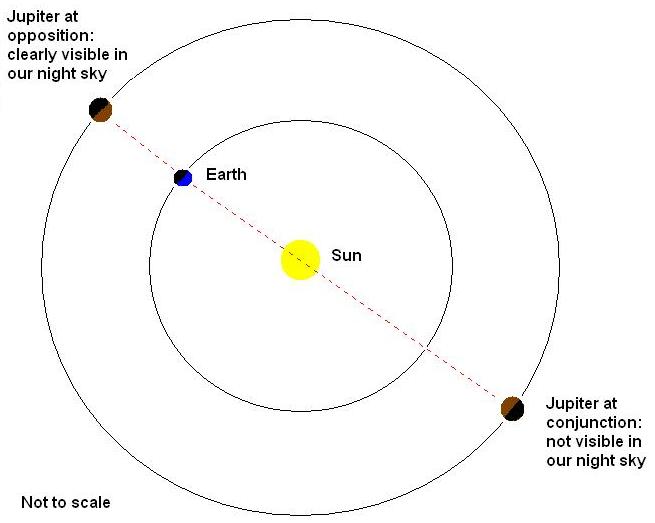I’ve talked to some of our telescope volunteers and we’re going to be moving to more of an “ad-hoc” viewing schedule for the summer months.
The schedules of our volunteers gets a bit harder to organize, the viewings are later in the evening, and we need to book our meeting room at least two days in advance.
Instead of booking a date and hoping for better weather, we’ll be looking for a period of time where it looks like really good viewing weather and then trying to find a couple of volunteers. This means we’ll still be trying to have a viewing about once a month, but it will only be announced at shorter notice and it could be on different days of the week.
How to get the news of the next viewing:
- Subscribe to our twitter feed, @UPEIAstronomy
- Subscribe to our Google Groups email listserv, UPEI Telescope
- Check near the top of this website.
Happy viewing! I’m really hoping we can get a good viewing in the month of May as Saturn is looking like a good evening viewing target and it’s right up there with Jupiter for my favourite planet.
Check out other good viewing targets picked by Astronomy Magazine for the first half of May 2015!










